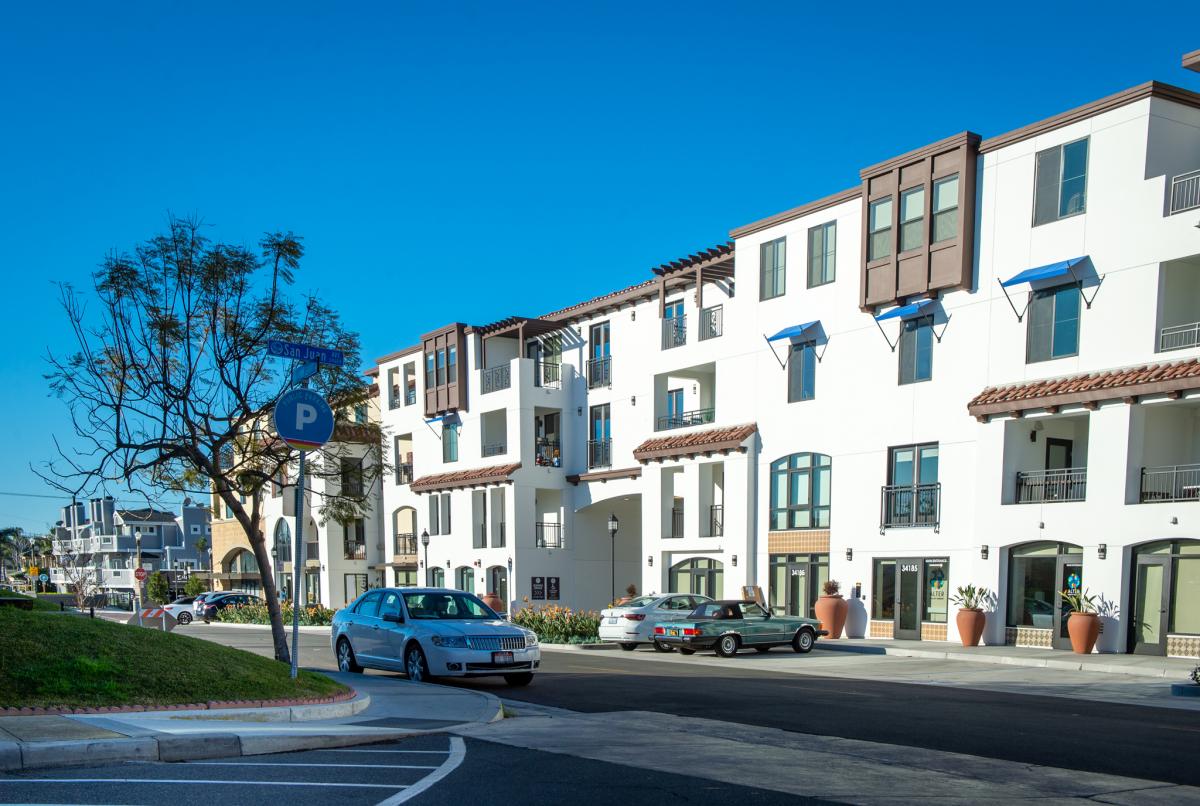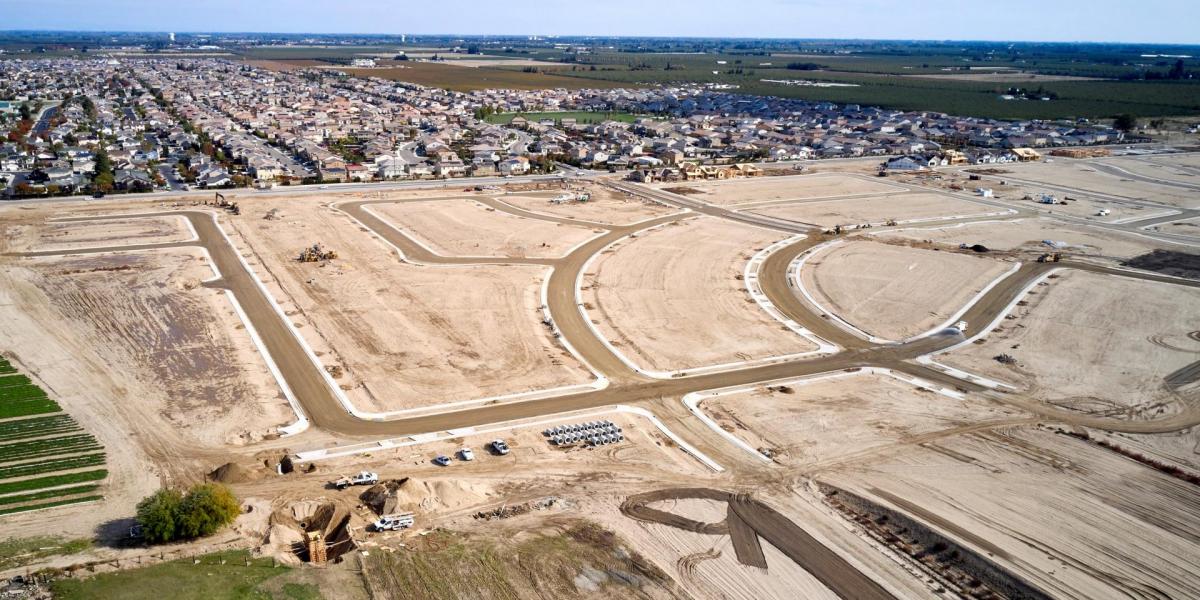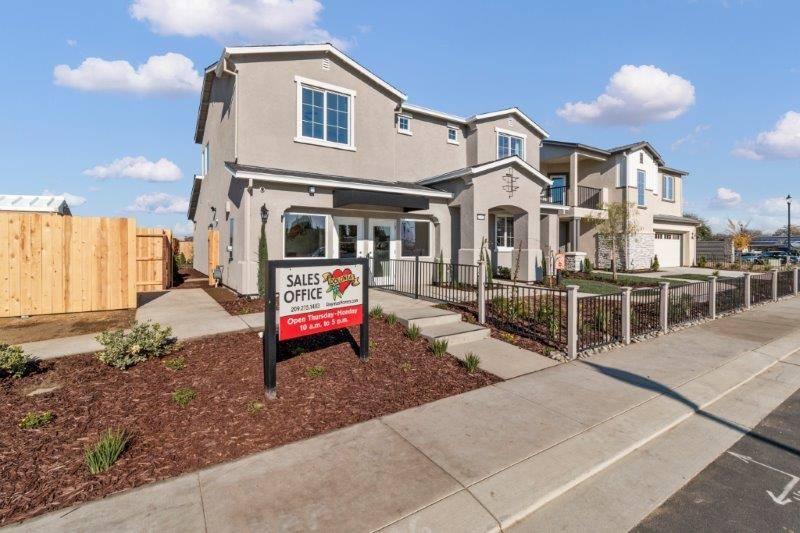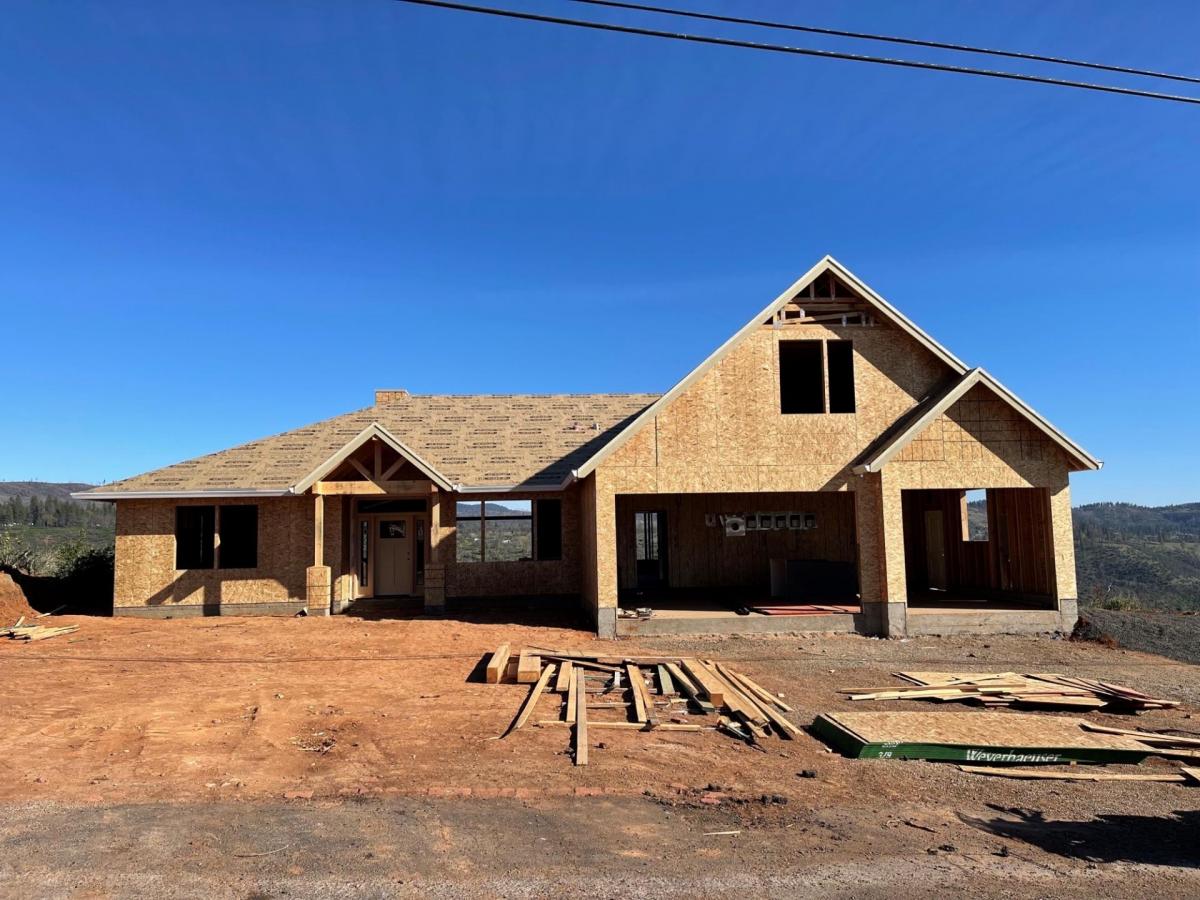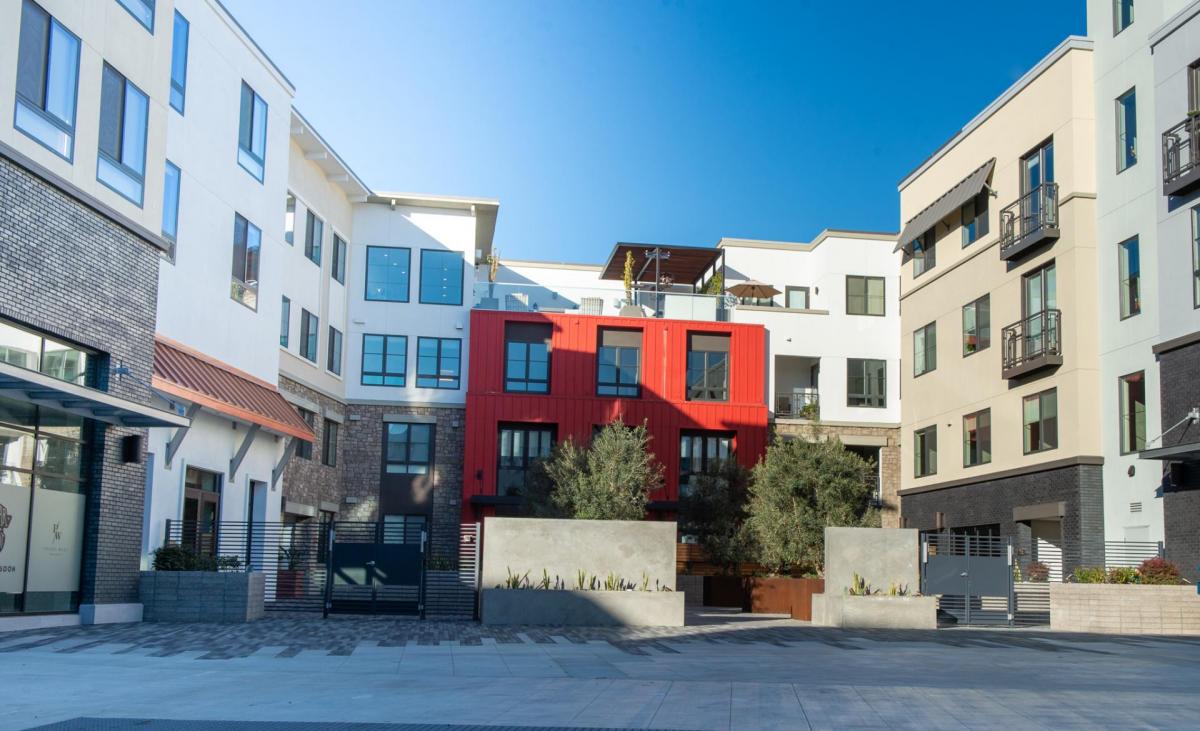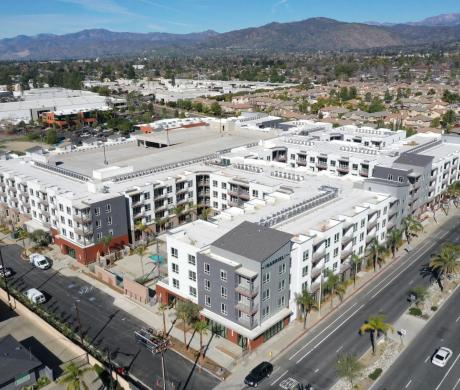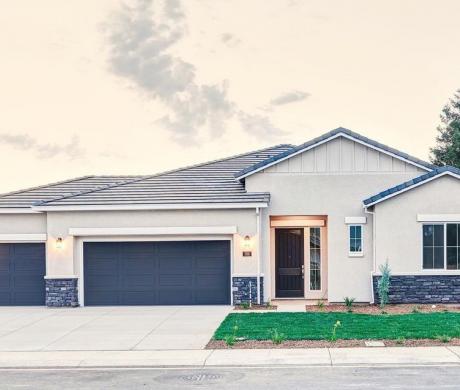As housing challenges reach new heights, cities pave the way for millions of homes
Brian Lee-Mounger Hendershot is the managing editor for Western City magazine; he can be reached at bhendershot@calcities.org.
The supply and affordability of housing is one of California’s most persistent, high-profile issues. Cities are actively planning, zoning, and approving millions of new homes, but even in the highest-producing cities, there is still an acute lack of housing. This begs a figurative, and increasingly literal, million-dollar question: Why?
According to local officials, planning for housing is like playing the world’s most complicated game of whack-a-mole. As soon as one problem is solved, another pops up. Production is impacted by a range of adjacent issues, such as economic conditions, insufficient funding mechanisms, aging infrastructure, and climate change, many of which are difficult for officials to control, let alone plan for.
The process has become even more complicated in recent years. Remote work, the pace of new legislation, supply chain woes, revenue loss, and pandemic-era relocations are all impacting an already challenging process.
“I represent planning departments across the state,” said Eric Nelson, who serves as the planning commissioner for Dana Point, sits on the League of California Cities Board of Directors, and is the president of the Orange County Chapter Building Industry Association. “What I’m hearing from them is that it is significantly more difficult to plan for housing than any other time in their tenure.”
Tipping the scales towards economic favorability
One of the most pressing issues for many cities is the rising cost of land and construction. Historically, the cost of housing is highest on the coast. There, the price of land alone makes building affordable housing construction extraordinarily challenging.
To avoid these costs, many Californians are moving inward to the Central Valley, Inland Empire, and other lower cost-of-living areas. As a result, housing costs in those cities, some of which were already struggling with affordability and supply, have started to spike. Local wages in many of these areas have not kept up with the cost of buying or renting a home, further worsening the problem.
This increase in costs coupled with a lack of consistent, significant funding from the state have left cities without any reliable financing tools to spur housing production.
Yet despite these challenges, cities throughout the state are finding ways to plan for and support housing.
While cities do not build houses themselves, cities throughout the state are experimenting with ways to generate the funding needed to help jumpstart the construction of housing in their communities. The city of Los Angeles has seen a significant increase in affordable housing production thanks to its Transit Oriented Communities Incentive Program. Created in 2017, the program incentivizes mixed-income and 100% affordable housing projects near transit stops.
The program, along with the city’s Affordable Housing Linkage Fee — which ensures that all development projects contribute to affordable housing production — has allowed the city to quadruple the number of proposed affordable housing developments. Last year, 27% of all proposed projects were affordable, a significant improvement from the 6% in 2016.
Similarly, the nearby city of Pomona has adopted an inclusionary housing policy. The ordinance requires developers to sell or rent a certain number of units at affordable rates. In some cases, developers can pay into an affordable housing trust fund instead, which the city can use to finance future projects.
Studies have shown that such policies — when properly enforced and thoughtfully planned — can effectively generate a steady supply of affordable housing units. However, even the wealthiest city cannot finance enough housing subsidies to meet demand; the cost of land and construction is simply too high.
Streamlining a complicated process
It is not just the cost of land that complicates housing production. It is the process itself. Planning officials must contend with a complex, protracted process with competing stakeholders at every level. Although changing policy is rarely quick or easy, smaller changes like reducing turnaround time, maintaining strong city-developer partnerships, and streamlining processes can pay dividends.
In the Central Valley city of Merced, city officials match developers with building opportunities that align with their companies’ interests. They also hosted a builders roundtable to discuss ways to improve city processes.
The city is also exploring new policies, like preapproved, “off-the-shelf” building plans for duplexes, triplexes, and accessory dwelling units. If successful, the policy will add more homes to an already booming market. For the past three years, Merced developers have added more than 700 new units each year and the city has approved thousands of permits each year.
Similarly, Rancho Cucamonga is on track to issue more permits this year than it did during the past eight years combined. Rancho Cucamonga City Manager John Gillison attributes this to several factors, such as creating clear design guidelines and reducing uncertainty at every possible stage, as the absence of these policies “slows and prevents new housing from being built.”
“Right now, we have 900 units under construction, and another 1,500 going through entitlement, said Gillison. “It’s entirely realistic that by the end of this year we have as many permits pulled in one year as we did for the last housing cycle.”
In many cases, one successful project leads to an increase in projects. Banning, which was already experiencing a construction boom, issued close to 1,000 new residential permits in the past two years. According to Banning City Manager Doug Schulze, the city is planning to capitalize on this activity by upgrading its permitting and financial software systems and working with developers to “streamline tax-generating and job-creating opportunities.”
While these efforts often result in more housing, streamlining permitting is not enough to meet years of pent-up demand, especially as costs continue to rise.
Crucially, officials cannot compel developers to build in their communities, something many local officials feel is overlooked during the legislative process. Dozens of new housing laws have gone into effect during the last few years, further complicating local processes.
“It is important for policymakers to realize that our work is zoning versus construction,” said Merced City Manager Stephanie Dietz. “We have to create an environment where it is enticing to develop those units. We can zone things all day long, but if no one is building, we are never going to produce.”
More housing means increased demands on infrastructure
When construction of new developments gets going, additional problems often lurk above and below the surface. Cities must also ensure roads, water and sewage lines, and other critical infrastructure are in place to support the new homes and population.
Located an hour east of San Francisco, Manteca has been consistently producing between 500 and 700 new units for the past five years. Last year, the city produced 724 single-family homes and 201 multifamily units. Currently, the city has 10,000 housing units — including 1,500 multifamily units — in various stages of development.
Manteca Deputy Director of Development Services Brad Wungluck attributes the growth to good, working relationships with the local building community — which managed to weather the Great Recession — consistent internal policies, and favorable economic conditions. However, some residents and city officials have expressed concern about the pace of growth and its impact on the city’s infrastructure.
“We didn’t see that in the past,” said Wungluck. “Now there is much more concern about making sure that development pays its way and that residents aren’t subsidizing new developments.”
To help mitigate those costs, developers will soon pay into a citywide community facilities district, which will finance related infrastructure maintenance and development costs.
Planning for climate change – the time is now
In terms of uncertainty, perhaps no factor looms larger than climate change. Officials and developers need to plan for an environment that will look radically different in the coming years. Rural cities and those with wildland-urban interfaces must contend with dramatic, life-threatening wildfires. On the coast, beaches and bluffs are being slowly eroded as sea levels rise. Lack of water is also a major concern, especially among cities in the Central Valley region.
The town of Paradise, which lost 95% of its structures during the 2018 Camp Fire, offers both a grim vision of the future and lessons on how to build in areas prone to wildfires. The town has added more than 1,200 homes since the fire, with roughly 750 in progress each year according to officials. However, affordability has become a major concern, driven in part by the rising cost of insurance.
“The affordability crisis we are experiencing is comparable to what is going on in the Bay Area and Los Angeles,” said Seana O’Shaughnessy, the president of the Community Housing Improvement Program, a nonprofit corporation that serves the area.
According to Paradise Town Manager Kevin Phillips there is no “rhyme or reason” to the change in cost. In some parts of the town, insurance providers will not underwrite new homes. In other parts, insurance has gone up threefold. In one case, insurance rose to more than $150,00 a year for a 36-unit apartment complex. In a few cases, costs have actually gone down.
In response — and as a means of preventing a second, even costlier rebuild — officials are mitigating risk by clearing brush and dead trees, disincentivizing or reducing development in high-risk areas, and undergrounding utility lines. They have also created stricter building standards, such as requiring defensible spaces around properties and prohibiting combustible fences.
Officials routinely inspect every property in the town for compliance. The city even brought in insurance carriers to show that the town’s mitigation strategies can reduce risk for residents, developers, and insurance companies alike.
“We have to figure out how to live with climate risk and the ways to mitigate [it],” said O’Shaughnessy. “Some of those things do cost money, but they are worth investing in on the front-end to save money on the backend.”
And allow homes to be built.
Developers and officials agree that continued vigilance, in conjunction with fire-wise strategies, is key to preventing a costly rebuild. “We need to start planning for the worst times ten,” said Paradise Development Director Tony Lindsey.
There is no one housing crisis — or one solution
There is no single housing crisis or single solution. Unhoused residents, low-income Californians, seniors, and young, middle-class Californians face different, but increasingly expensive barriers to housing. Each of those barriers requires a different approach.
It is not just Banning, Merced, Los Angeles, Paradise, Rancho Cucamonga, or Pomona that are coming up with new ways to meet or exceed the state’s housing planning requirements. Cities throughout the state are planning for more housing than ever before, sometimes at historic rates.
For example, San Jose has planned for 35,080 new units in the past eight years, slightly more than the amount required by the state. The city is focusing on increasing the supply of affordable housing by taking advantage of several state funding opportunities and changing some of its related policies.
Santa Cruz has issued permits for 1,175 units in the past eight years, most of which have been entitled. City Manager Matt Huffaker attributes the city’s success to significant state funding and increased building heights for the downtown area. The city recently secured funding for several mixed-use developments that combine affordable housing with a new transit hub, low-income medical clinic, and commercial space.
Sacramento was the first city in the state to receive the California Department of Housing and Community Development’s Prohousing Designation, which provides incentives to cities and counties when competing for state funding for affordable housing, transportation, and infrastructure. This came after the city implemented several new policies, such as waiving fees for affordable housing construction, reducing or eliminating parking requirements for new housing, and allowing housing by right in commercial corridors.
Partnerships are critical for real success
Despite cities’ achievements in planning for millions of homes against enormous odds, city officials agree there is no way to solve the affordability and production crisis without additional help.
“We need leadership at all levels to come together, put our political hats to the side, and try to find a path that results in housing production, said Nelson. “That is the actual challenge here. I can be a critic all day long. But being critical is easy; finding solutions is difficult.”

